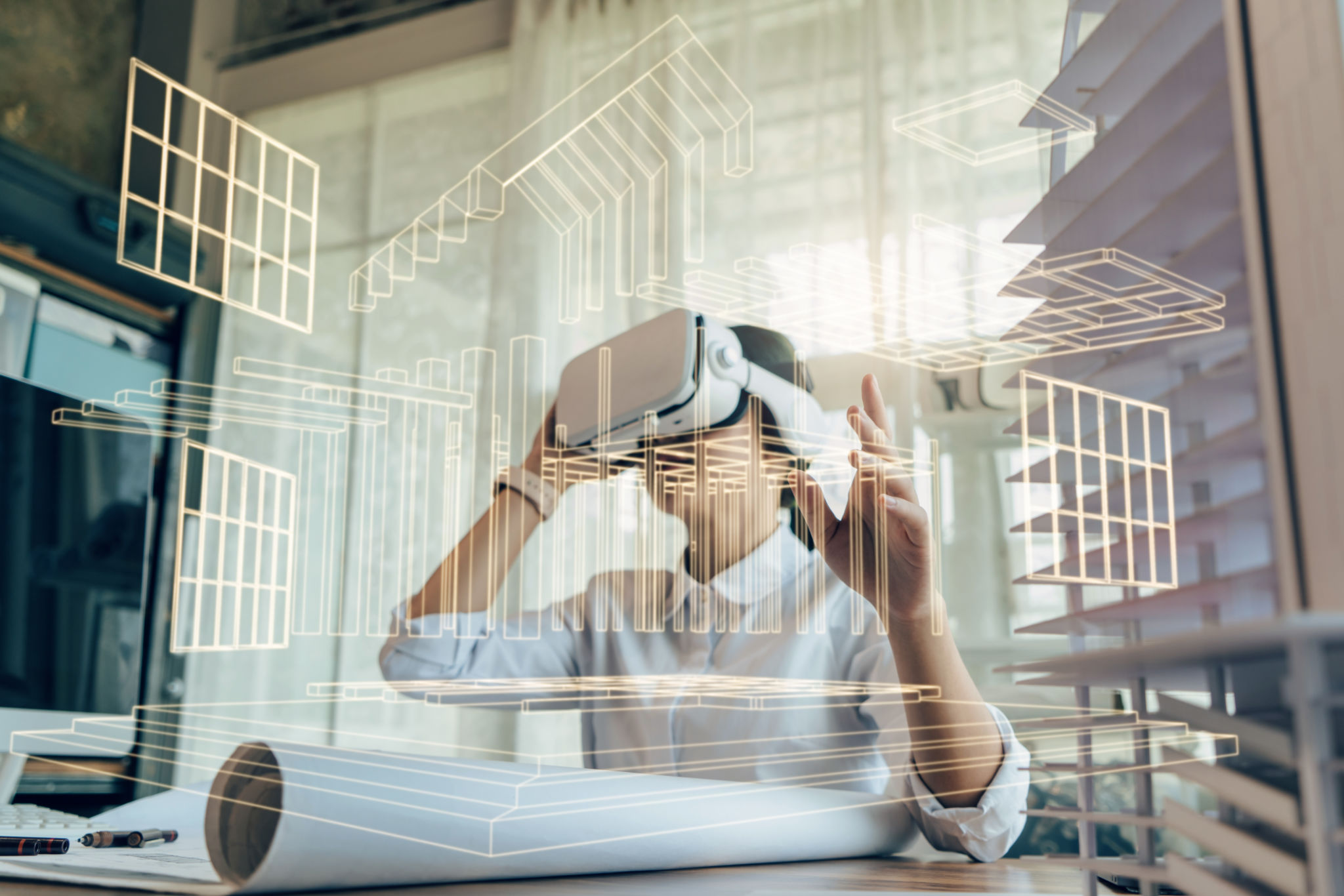The Future of Architecture: Innovations in 3D Visualization and Design
AA
The Role of 3D Visualization in Modern Architecture
In recent years, the architecture industry has undergone a transformative shift thanks to the advent of 3D visualization technologies. These tools have allowed architects to create more precise and detailed designs, revolutionizing the way structures are conceptualized and developed. By incorporating realistic visualizations into the design process, architects can not only improve their own understanding of a project but also communicate their vision more effectively to clients and stakeholders.

One of the key advantages of 3D visualization is its ability to provide a comprehensive view of a building before construction begins. This capability helps in identifying potential design issues early in the process, saving time and resources. Moreover, it allows for real-time modifications, offering flexibility and adaptability to client requests or design changes.
Enhanced Design Capabilities through 3D Technology
The integration of 3D technology in architecture has significantly enhanced design capabilities. Architects can now experiment with complex geometries, intricate details, and expansive landscapes with ease. This is particularly beneficial for projects that require innovative approaches and unique structural solutions. The ability to visualize these elements in a realistic manner ensures that the final design is both functional and aesthetically pleasing.
Furthermore, 3D visualization tools enable architects to incorporate environmental factors into their designs. By simulating natural light, wind patterns, and other environmental conditions, architects can create more sustainable and energy-efficient buildings. This focus on sustainability is becoming increasingly important as societies aim to reduce their carbon footprint.

Collaboration and Client Engagement
3D visualization has also improved collaboration among architects, engineers, and builders. By providing a shared visual reference, these professionals can better coordinate efforts, resulting in fewer misunderstandings and errors during the construction phase. This collaborative approach not only streamlines the building process but also enhances the overall quality of the project.
For clients, 3D visualization offers an immersive experience that traditional blueprints and sketches cannot match. Clients can take virtual tours of their prospective buildings, gaining a deeper understanding of spatial arrangements and design features. This engagement fosters clearer communication between architects and clients, leading to higher satisfaction and more successful projects.
The Future of Architectural Design
Looking ahead, the future of architecture promises even more innovations in 3D visualization and design. Emerging technologies such as virtual reality (VR) and augmented reality (AR) are poised to further revolutionize the industry. These tools will allow clients to explore their projects in an interactive environment, leading to more informed decision-making and greater involvement in the design process.

Additionally, advancements in artificial intelligence (AI) are expected to enhance 3D visualization tools. AI can automate repetitive tasks, analyze vast amounts of data, and provide insights that drive smarter design choices. This will enable architects to focus more on creativity and innovation rather than manual processes.
Conclusion: Embracing Technological Advancements
The future of architecture is undoubtedly intertwined with technological advancements in 3D visualization and design. By embracing these innovations, architects can push the boundaries of what is possible, creating structures that are not only visually stunning but also environmentally sustainable and functionally superior. As these technologies continue to evolve, they will reshape the architectural landscape, offering exciting possibilities for both professionals and clients alike.
